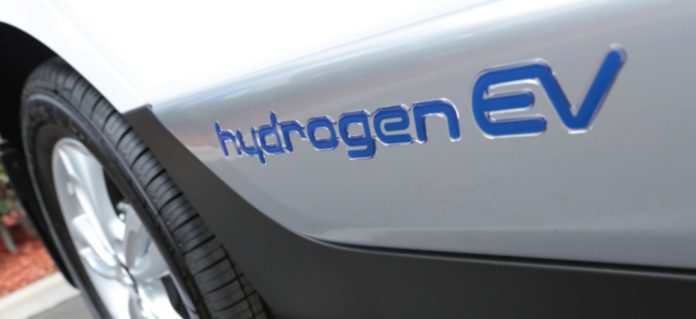As the world looks towards a continuous move far from fossil fuel powered cars and trucks, greener alternative advances are being investigated, for example, electric battery controlled vehicles. Hydrogen power is another green technology with great potential. However, they require high pressure and/or complex heat management systems to achieve acceptable storage densities.
Now, scientists at Lancaster University now have discovered a new material that could potentially unlock the potential of hydrogen-powered vehicles. Dubbed as KMH-1 (Kubas Manganese Hydride-1), the material is made from manganese hydride and expected to use in making molecular sieves within fuel tanks—which store the hydrogen and work alongside fuel cells in a hydrogen-powered ‘system’.
The sieve works by absorbing hydrogen under around 120 atmospheres of pressure, which is less than a typical scuba tank. It then releases hydrogen from the tank into the fuel cell when the pressure is released.
The material uses Kubas binding as the principal mechanism, a process that enables the storage of hydrogen by distancing the hydrogen atoms within an H2 molecule and works at room temperature. This eliminates the need to split, and bind, the bonds between atoms, processes that require high energies and extremes of temperature and need complex equipment to deliver.
A storage material with these properties will allow the DOE system targets for storage and delivery to be achieved, providing a practical alternative to incumbents such as 700 bar systems, which generally provide volumetric storage values of 40 kgH2 m−3 or less, while retaining advantages over batteries such as full time and energy density.
What’s more, the material could excellently absorb and stores any excess energy so external heat and cooling are not needed. This is crucial because it implies cooling and heating equipment shouldn’t be utilized in vehicles, resulting in systems with the possibility to be undeniably more proficient than existing designs.
Professor David Antonelli, Chair in Physical Chemistry at Lancaster University and who has been researching this area for more than 15 years, said: “The cost of manufacturing our material is so low, and the energy density it can store is so much higher than a lithium-ion battery, that we could see hydrogen fuel cell systems that cost five times less than lithium-ion batteries as well as providing a much longer range—potentially enabling journeys up to around four or five times longer between fill-ups.”
Scientists experiments show that the material could enable the storage of four times as much hydrogen in the same volume as existing hydrogen fuel technologies. This is great for vehicle manufacturers as it provides them with the flexibility to design vehicles with increased range of up to four times, or allowing them to reduce the size of the tanks by up to a factor of four.
Professor Antonelli said, “Although vehicles, including cars and heavy goods vehicles, are the most obvious application, we believe there are many other applications for KMH-1.”
“This material can also be used in portable devices such as drones or within mobile chargers so people could go on week-long camping trips without having to recharge their devices. The real advantage this brings is in situations where you anticipate being off-grid for long periods of time, such as long haul truck journeys, drones, and robotics. It could also be used to run a house or a remote neighborhood off a fuel cell.”
The technology has been licensed by the University of South Wales to a spin-out company part-owned by Professor Antonelli, called Kubagen.
